The iPhone, launched by Steve Jobs in January 2007 after years of rumours, has revolutionised the photographic world. Before the iPhone people used point-and-shoot digitals, such as the Canon IXUS range, or film cameras like the Olympus mju. But buying a camera was a conscious decision, requiring some dedication and the willingness to carry it around.
All photographs in this article are by Mike Evans and the Olympus PEN-F with the M.Zuiko 75mm f/1.8 lens, equivalent to a 150mm prime in full-frame equivalence.
Then came the smartphone and it took over the market. As the years progressed, the smartphone became ubiquitous. Suddenly, almost everyone found that they had a useful camera with them at all times. There was no need to buy a dedicated device, charge it or find a space for it in your pocket.
Yet the advance of the smartphone created a great deal of angst for camera manufacturers. They saw nothing but gloom ahead. The smartphone would eventually annihilate the lower end of the camera market, according to the commonly held view.
To a large extent it has done this. The cheaper, sub-£100 point-and-shoot market has certainly declined. After all, there isn’t much point in spending money on a basic camera that can hardly outperform a phone. But the long-term outlook for photography has just taken a huge leap forward.
Wherever you go these days you see photographs being taken. Selfies have taken over the world. Most of these shots, it has to be admitted, are taken with smartphones. Of the one trillion photos taken in 2015 a majority were snapped with a smartphone. By next year some 80 percent of all pictures will come from phones. Yet the conclusion must be that the smartphone has brought new converts into the world of photography. It is well on the way to creating the next generation of enthusiasts and professionals.
The smartphone, you see, flatters to deceive. Most of the impressive photos taken with a phone are never viewed on a big screen, never printed for exhibition. The majority are lucky to be expanded to iPad size. Smartphones such as the iPhone 6 do a great job of producing great shots with zero input of photographic talent and, on the small screen, all look very presentable.
The millions who are now snapping away with their phones begin to believe they have a real talent for photography. This is a good thing and, without a doubt, many of them do. Those who like what they can achieve on a phone are only one step away from the notion that a “proper” camera could enable them to take even better photos.
It’s the lower starter DSLR that most people choose for their first foray into serious photography. Some, however, start in the mirrorless field and most of them gain an enthusiasm for taking pictures. Owning a proper camera enables newcomers to begin to learn the basics of photography and, in many cases, this leads to enthusiasm.
The smartphone, therefore, is a cheerleader for the camera market in general. Everyone is now a photographer and a large proportion of these new converts will go on to buy better cameras, perhaps even eventually owning a really expensive device such as a Leica or a pro DSLR.
It’s good and it is encouraging. The iPhone, far from killing the camera market, is set to expand it.
All this experience with smartphones leads eventually to buying a proper camera and opens up a whole new world of photography.
Footnote: Beware smartphones bearing gifts:
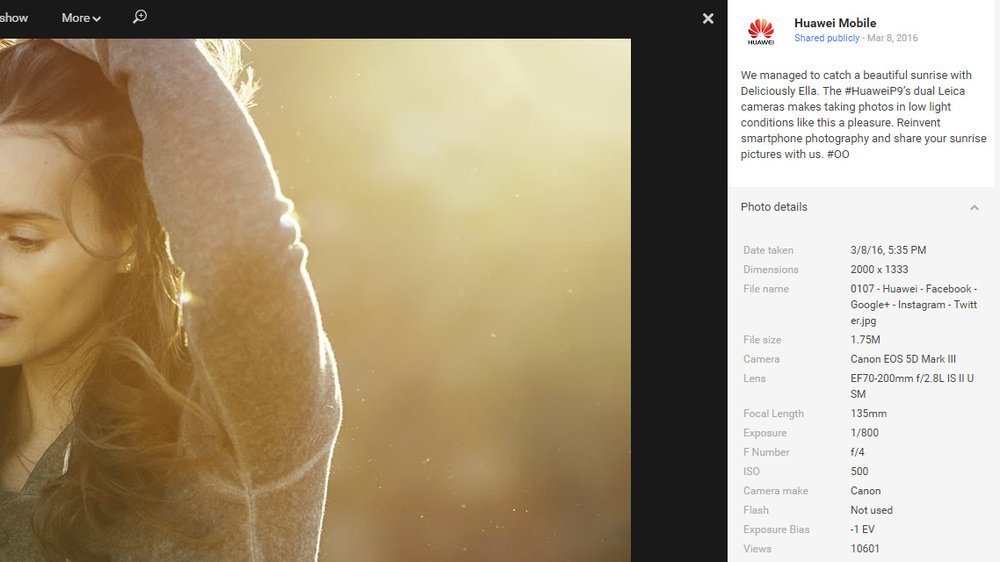
___________________________
- The most amazing iPhone photographs of 2016
- Subscribe to Macfilos for free updates on articles as they are published. Read more here
- Want to make a comment on this article but having problems? Please read this


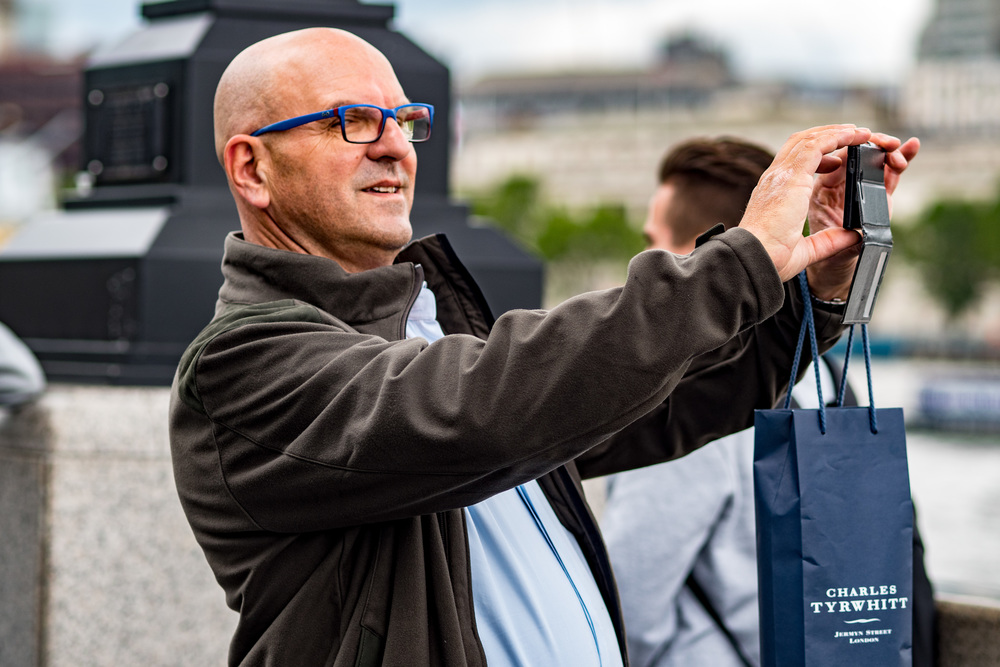
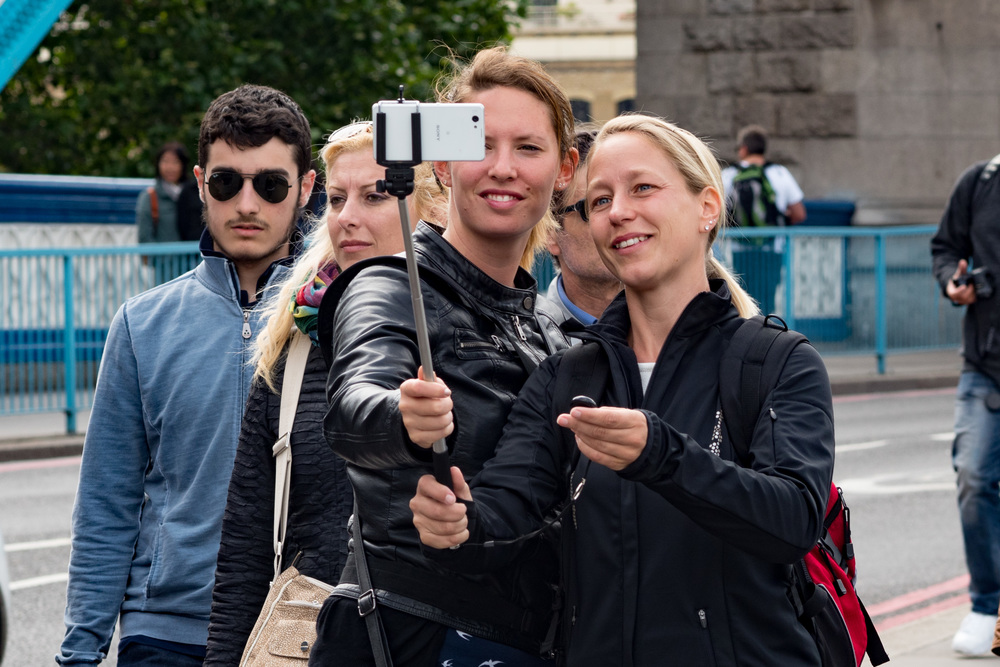
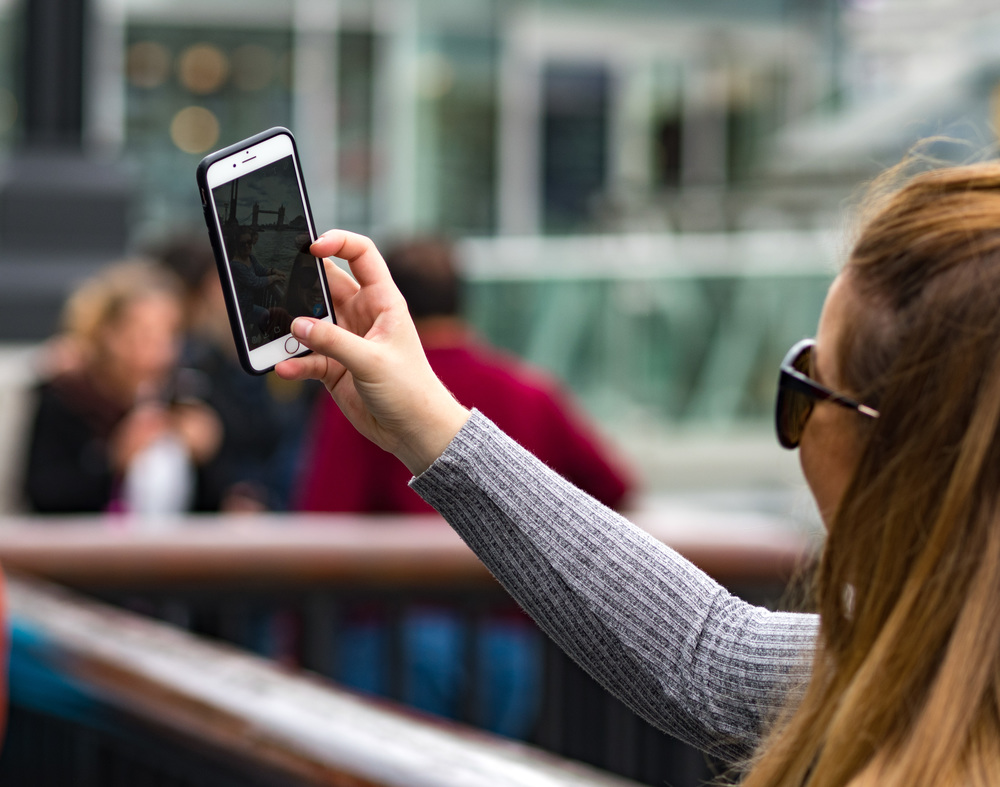
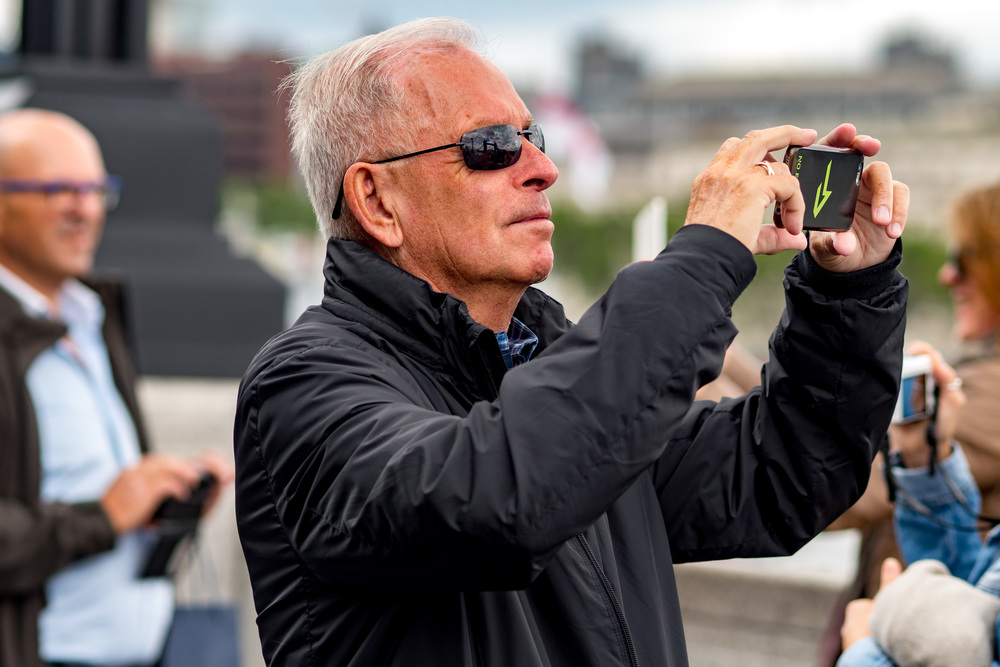
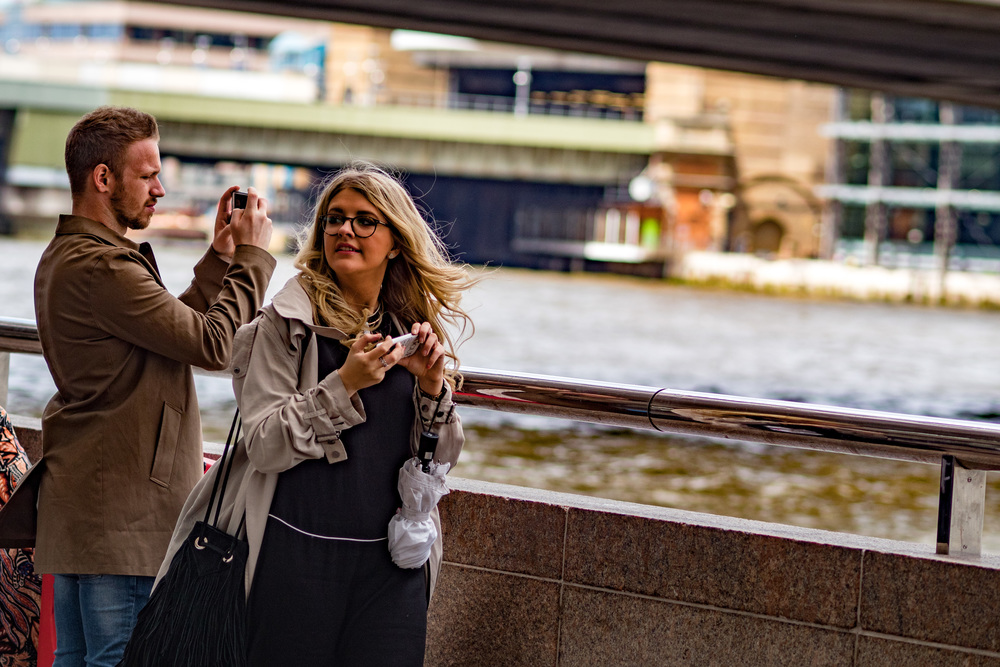


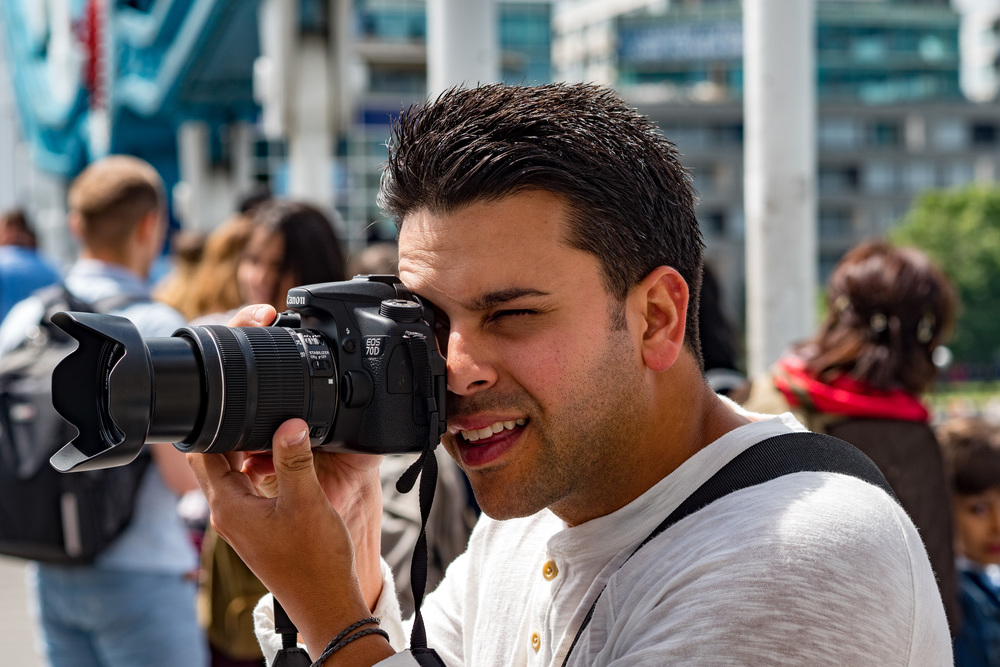
Thanks for that Stephen. It is still a month to go to the annual Puck Fair and news of that interdict has not reached Dublin yet. Kerry is, of course, a kingdom and the people there largely go their own way, ignoring what comes out of Dublin or Brussels or anywhere else outside of Kerry. Personally, I am not in favour of goats in high places as there are too many of them in governments all around the world.
I am glad to see that you are still taking holidays in a ‘remain’ part of the EU. I hope that you will continue to do so long after ‘Brexit’ is consummated, whenever that might be.
William
What next? A camera with a built in phone? That could cover all the bases for upgraders. I can’t see too many people walking around with a Leica M to their ear. Just for amusement I bought one of those iPhone covers that looks like an LTM Leica. I never used it on the street, though.
William
It is probably true that a percentage of smartphone people will upgrade to ‘better cameras’, but the possibility of a single device for all possible uses will remain attractive to most users. Personally, I am still waiting on the ubiquitous ‘ Beam me up Scotty’ device as featured in Star Trek many years ago.
The attraction of the smartphone for many is that you can beam your photos instantly to any part of the world without messing around with a computer. Picture quality is secondary to immediacy in such transactions.This particularly applies to the ‘selfie crew’ who want to show themselves in exotic places to their friends around the world as they are travelling. Facebook, Twitter etc, etc are a driver for this trend, of course.
As for the Huawei cock up, I am not surprised by that and if we could examine EXIF data from advertisements by other companies I am sure that a few more ‘surprises’ would emerge. Advertising is all about selling ‘false dreams’ as any well educated adult should realise. I am not sure what the intended market is for the Huawei phone with a so-called ‘Leica’ lens. There may be parts of the world where there are substantial numbers of people who know what Leica means and who have the inclination and the cash to pay more for such a phone. Generally, in my experience, people have either not heard about Leica and among the ‘photography literate’ public, who usually go for either Canon or Nikon, Leicas and Leica users are treated with derision, possibly out of jealousy. So where is the market for these things? It is not a mass market and it may just be an interesting little diversification by both companies to mine some additional market segments.
William
All valid points. But there are definitely far more photographs being taken thanks to the arrival of the smartphone. I have anecdotal evidence from friends who have taken an interest in photography as a result of using an iPhone and are now asking for advice on buying a camera so they can learn how to move away from auto everything. I’m recommending mirrorless systems such as Fuji or m43. Many end up going for the cheaper option of a Canon or Nikon with kit lens and, in most cases, never change the lens.
Speaking of exotic places William, I was in Kilorglin last week and I was shocked to discover that the King is no longer allowed to stand at the top of the town on his high throne and the mart was not permitted in the surrounding streets any more…
…By order of the European Union apparently.
Such is life.
Stephen.
Yes that was a bit daft of Huwawei Mike.
Any thoughts that I had in that direction were quashed yesterday when I saw that.
Add android and one senses that the phone, despite the Leica name, is an empty vessel.
This definitely will not have done any good for Huawei and people like you will now be revising their enthusiasm.